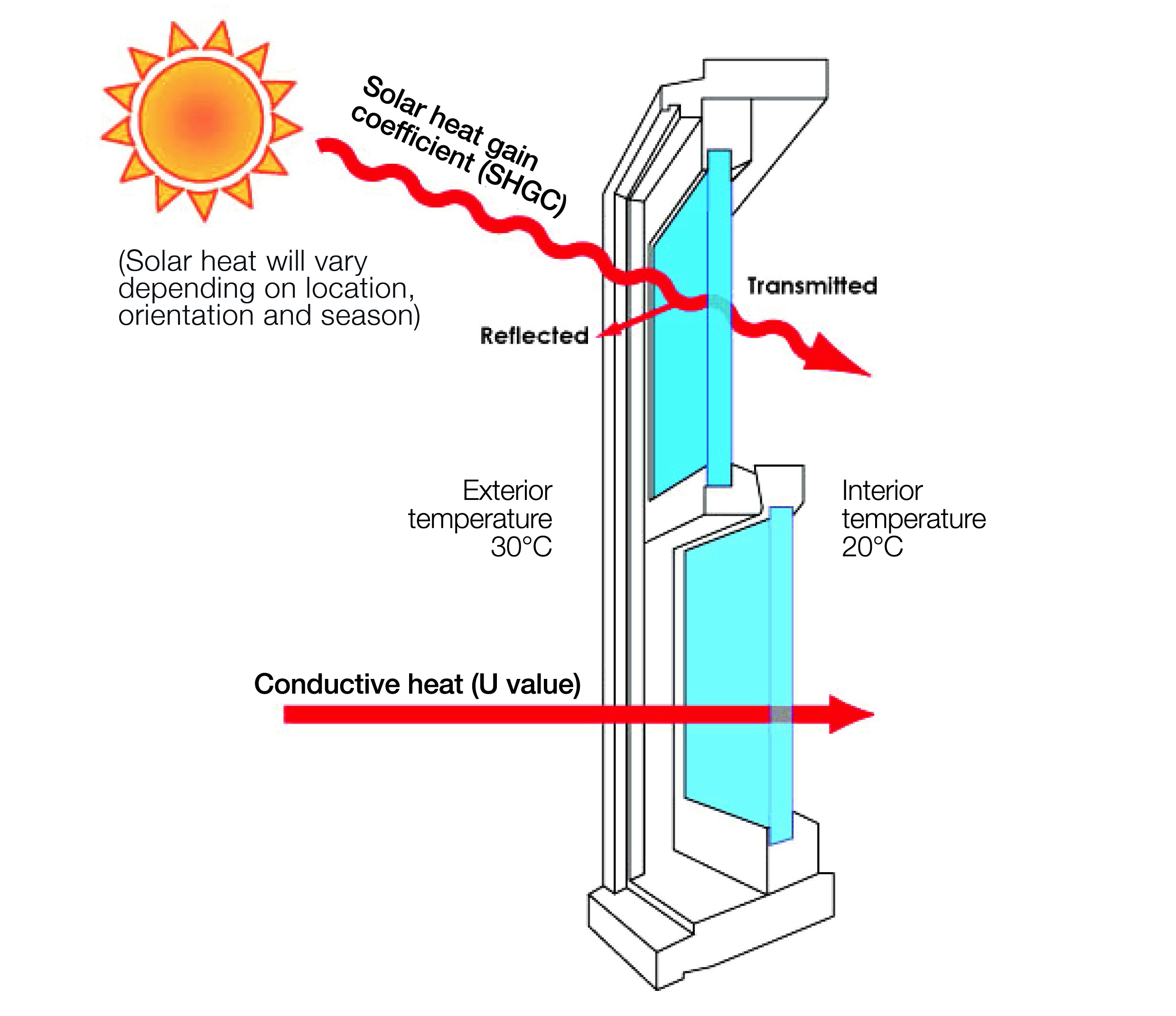All Categories
Featured
Table of Contents
Double Glazed Windows Sydney in Mirrabooka WA
Glazing just means the windows in your house, including both openable and fixed windows, in addition to doors with glass and skylights. Glazing actually simply means the glass part, but it is usually used to refer to all aspects of an assembly including glass, movies, frames and furnishings. Focusing on all of these aspects will help you to attain efficient passive design.

Energy-efficient glazing makes your house more comfy and dramatically reduces your energy expenses. However, unsuitable or badly created glazing can be a major source of unwanted heat gain in summer and substantial heat loss and condensation in winter. Approximately 87% of a house's heating energy can be acquired and approximately 40% lost through windows.
Solace Creations: Home in Landsdale WA
Glazing is a significant investment in the quality of your home. The expense of glazing and the cost of heating and cooling your house are carefully related. A preliminary investment in energy-efficient windows, skylights and doors can considerably reduce your annual cooling and heating bill. Energy-efficient glazing also lowers the peak heating and cooling load, which can reduce the required size of an air-conditioning system by 30%, leading to further cost savings.

This tool compares window choices to a base level aluminium window with 3mm clear glass. Comprehending some of the key residential or commercial properties of glass will help you to select the best glazing for your home. Key residential or commercial properties of glass Source: Adapted from the Australian Window Association The quantity of light that travels through the glazing is called noticeable light transmittance (VLT) or visible transmittance (VT).
Double Glazed Windows Sydney & Replacement Windows in Westminster Western Australia
This might lead you to turn on lights, which will result in higher energy costs. Conduction is how readily a product conducts heat. This is understood as the U value. The U value for windows (revealed as Uw), describes the conduction of the entire window (glass and frame together). The lower the U worth, the greater a window's resistance to heat flow and the better its insulating value.
For instance, if your home has 70m2 of glazing with aluminium frames and clear glass with a U value of 6. 2W/m2 C, on a winter season's night when it is 15C cooler outside compared with inside your home, the heat loss through the windows would be: 6. 2 15 70 = 6510W That is equivalent to the total heat output of a big space gas heater or a 6.
Stay Cool This Summer With Double Glazed Windows - Aaa Glass in Salter Point WA

If you choose a window with half the U value (3. 1W/m2 C) (for example, double glazing with an argon-filled space and less-conductive frames), you can cut in half the heat loss: 3. 1 15 70 = 3255W The solar heat gain coefficient (SHGC) for windows (revealed as SHGCw) determines how readily heat from direct sunlight streams through a whole window (glass and frame together).
The lower a window's SHGC, the less solar heat it transmits to the home interior. The actual SHGC for windows is affected by the angle that solar radiation strikes the glass.
Glazing And Glass Options - Smarter Homes in Willetton Western Australia
When the sun is perpendicular (at 90) to the glass, it has an angle of occurrence of 0 and the window will experience the optimum possible solar heat gain. The SHGC stated by glazing producers is constantly determined as having a 0 angle of occurrence. As the angle increases, more solar radiation is reflected, and less is sent.
Latest Posts
Double Glazed Windows in Floreat Perth
Insulated Glass Unit – Igu in Lathlain Perth
What Is Triple Glazing? - Infinite Windows in Attadale Perth